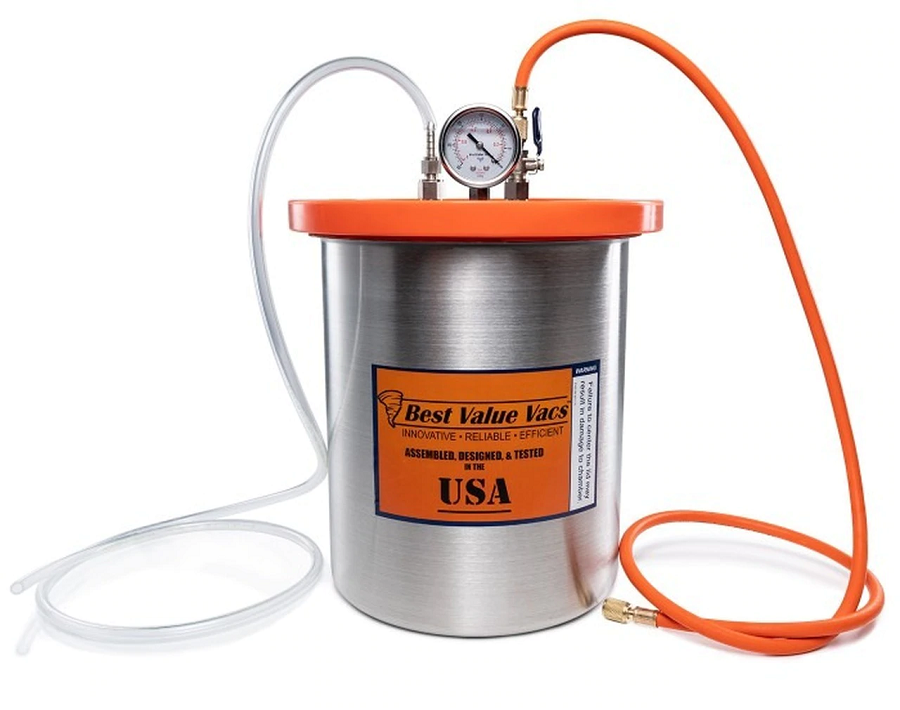Evacuation of vacuum from the chambers is one of the most common applications of the system. This process involves the removal of gas from the enclosed chambers at a given time. This is done by lowering the pressure from the chambers by maintaining an appropriate pressure range. For achieving it in the best way possible, you need to daunt it with accurate vacuum chamber evacuation time calculations. We are helping you out with the basics that you need to know.
Calculating the evacuation time
This can be done using simple logarithmic equations. The evacuation time is calculated where V equates to the vessel’s volume, S equates to the pumping speed. The start and target pressure are represented by p1 and p2 respectively.
t= (V/S) * ln (p1/p2)
This simplified approach fails to consider various other factors like:
- Pumping speed
- Thermal effects
- Conductance
- Desorption
With each of the factors affecting the evacuation time, let us assess each of them in detail:
Pumping speed
The above equation assumes that the scenario is having a constant suction speed. This also helps the equation to get solved easily. But every graph of the pumping speed will be different based on the specific pump type.
- Lubricated rotary vanes
- Multistage roots
- Screws
- Dry scrolls
Thermal effects
The gas that remains within the chamber gets impacted by the internal energy and the temperature when the gas mass is removed from the volume. This is fine in cases of slow evacuation processes because the temperature drops get highly compensated by the heat transfer. This transfer occurs between the chamber walls. But this process is not that slow as it sounds. In these cases, the gas needs to be pumped to make the mass cool. But this forced cooling also reduces their efficiency.
Conductance
This will measure the level to which the electricity will be conducted. This is calculated as the ratio of flowing current and the potential difference. The conductance of the pipes, valves, and allied systems must be considered to increase the pumping speed effectively.
Desorption
This involves the release of an adsorbed substance. The vacuum chambers normally release the gases from their surfaces and water vapor accounts for the primary component for desorption. The presence of lubrication affects this factor and you should know these factors very well.
So just consider choosing the LeDab vacuum chambers to automate this entire process.




